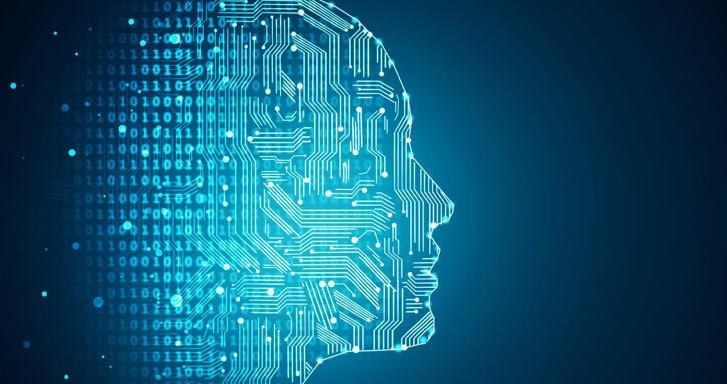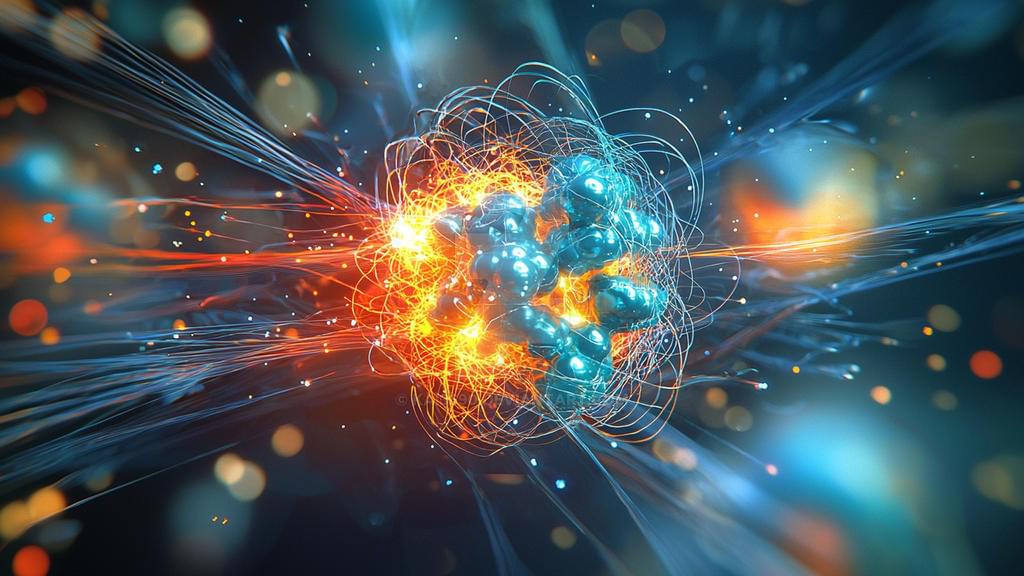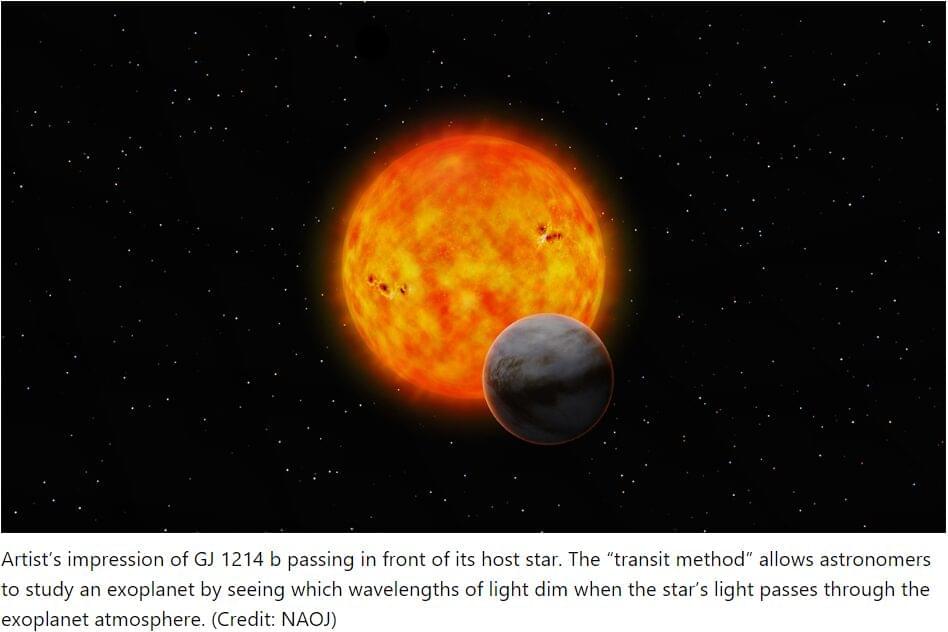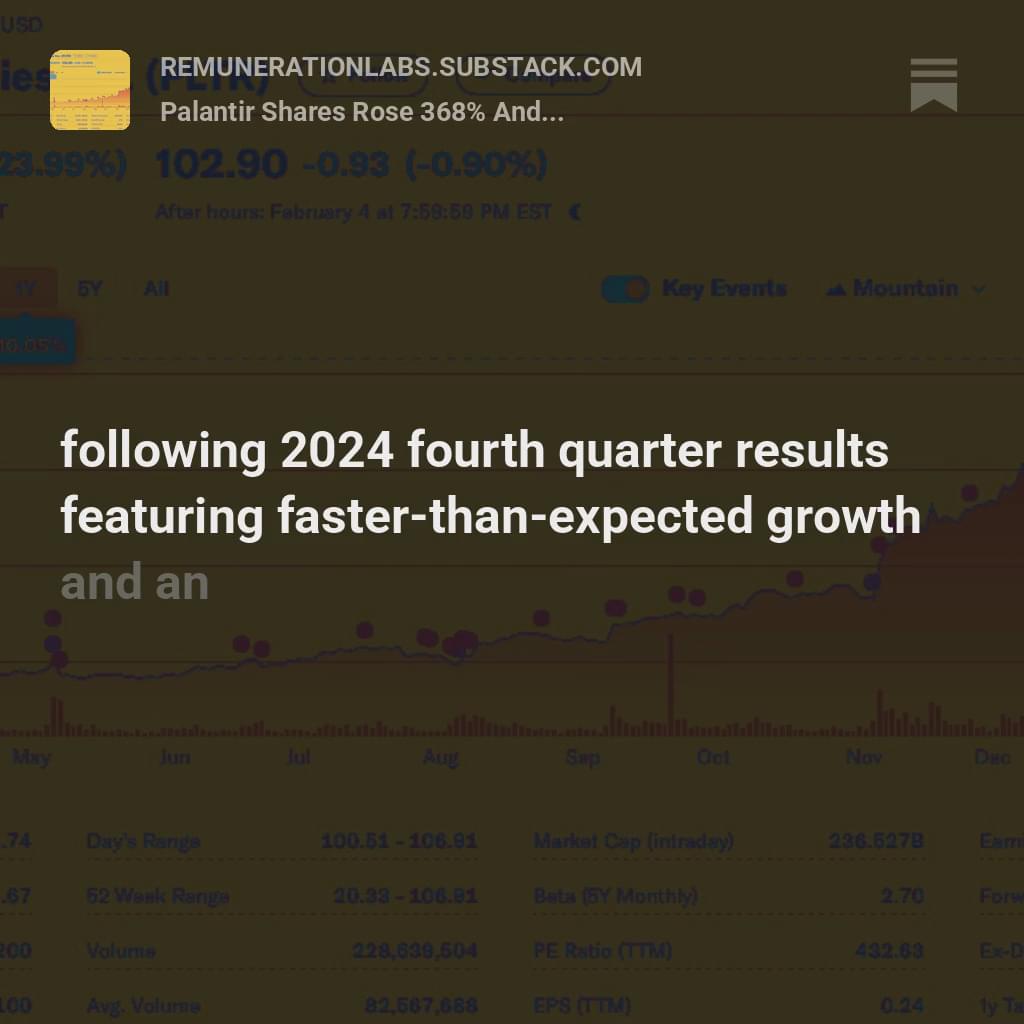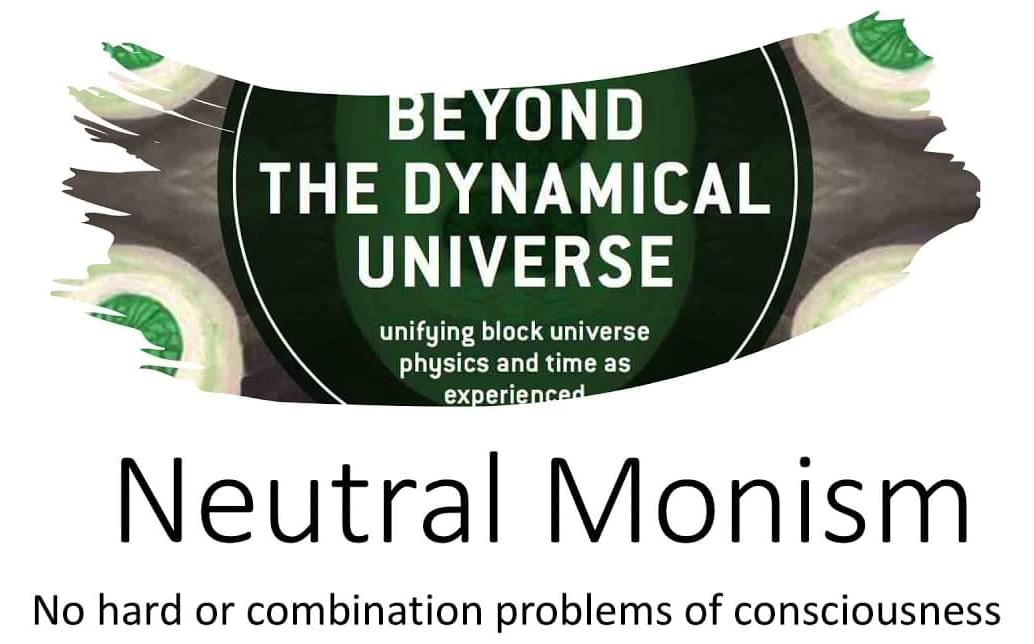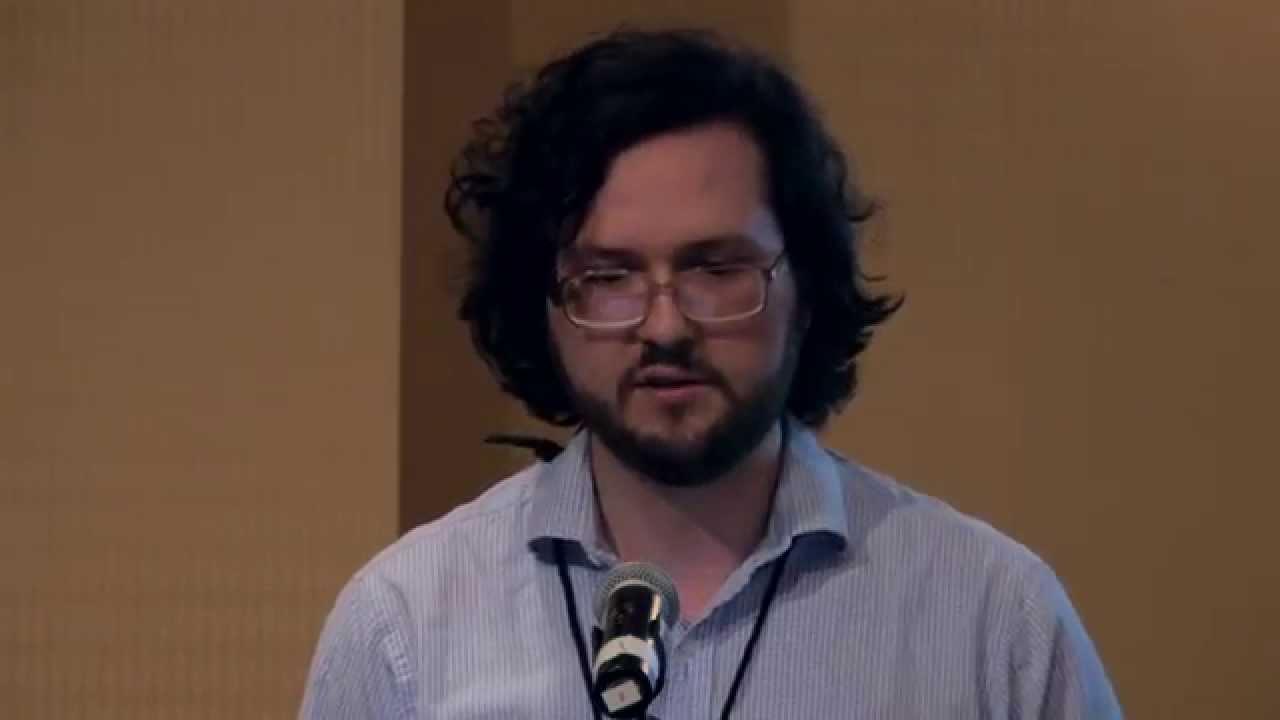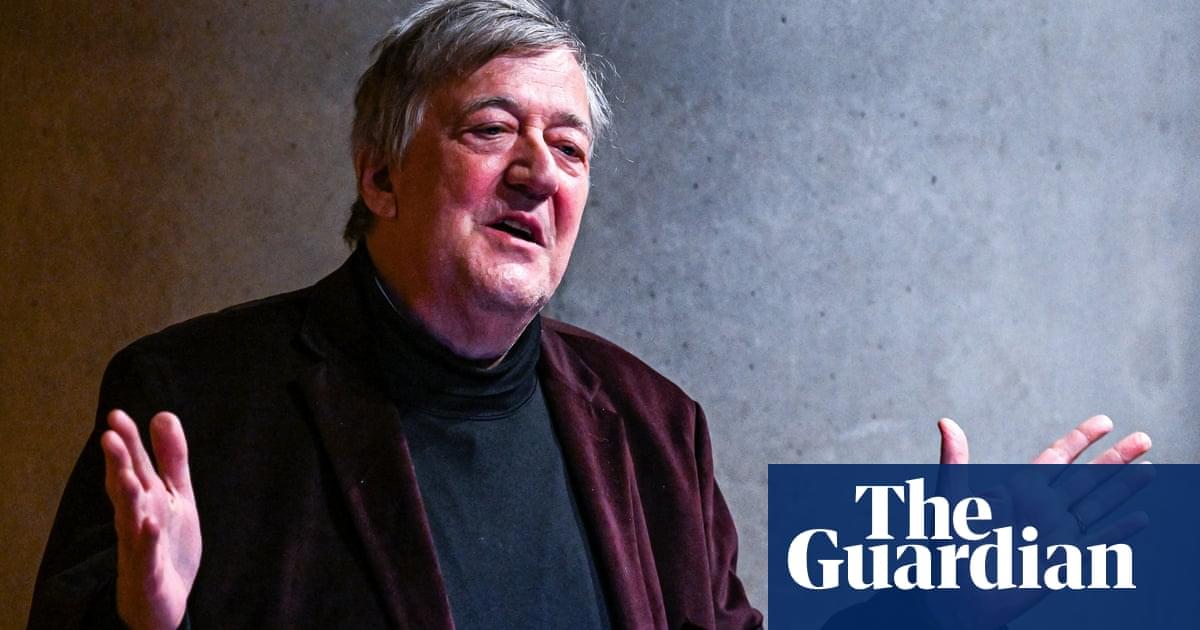The California State University system partners with OpenAI for the largest AI rollout in education.
Researchers have used quantum physics and machine learning to quickly and accurately understand a mound of data – a technique, they say, could help extract meaning from gargantuan datasets.
Their method works on groundwater monitoring, and they’re trialling it on other fields like traffic management and medical imaging.
“Machine learning and artificial intelligence is a very powerful tool to look at datasets and extract features,” Dr Muhammad Usman, a quantum scientist at CSIRO, tells Cosmos.
Early detection of earthquakes could be vastly improved by tapping into the world’s internet network with a groundbreaking new algorithm, researchers say.
Fiber optic cables used for cable television, telephone systems and the global web matrix now have the potential to help measure seismic rumblings thanks to recent technological advances, but harnessing this breakthrough has proved problematic.
A new paper published today in Geophysical Journal International seeks to address these challenges by adapting a simple physics-based algorithm to include fiber optic data that can then be used hand-in-hand with traditional seismometer measurements.
New observational data from the James Webb Space Telescope and simulation models have confirmed a new type of planet unlike anything found in the Solar System. This provides another piece of the puzzle to understand how planets and planetary systems form.
To date, more than 5,000 exoplanets have been confirmed around stars other than the Sun.
Many exoplanets are unlike any of the planets in the Solar System, making it difficult to guess their true natures.
A tool developed by Keele University researchers has been shown to help detect fake news with an impressive 99% level of accuracy, offering a vital resource in combating online misinformation.
The researchers Dr. Uchenna Ani, Dr. Sangeeta Sangeeta, and Dr. Patricia Asowo-Ayobode from Keele’s School of Computer Science and Mathematics, used a number of different machine learning techniques to develop their model, which can scan news content to give a judgment of whether a news source is trustworthy and genuine or not.
The method developed by the researchers uses an “ensemble voting” technique, which combines the predictions of multiple different machine learning models to give an overall score.
Shares of Denver-based software provider Palantir rose nearly 27% on February 4 following 2024 fourth quarter results featuring faster-than-expected growth and an optimistic forecast for the current quarter and the year 2025.
Having risen 368% in the last year and sporting a price-earnings ratio of 516, according to the Wall Street Journal, do shares of Palantir have more upside? If Wall Street analysts are right, the stock is about 26% too high. However, what matters most for the future of Palantir’s stock is whether the company can keep beating expectations and raising guidance.
That could happen – especially if Palantir – which counts Peter Thiel among the company’s early investors – can harness artificial intelligence to make its defense and commercial customers better off.
Palantir fourth quarter performance and prospects.
In recent years, the debate concerning the ontology of mind and body has been structured around an opposition between monistic, physicalist ontologies (both reductive and non-reductive) and some form of dualism (both of property types and of kinds of substance). This, however, has not always been the case. In the early twentieth century, a monistic, but non-physicalist, ontology
Neutral monism was also considered a serious contender, favoured especially by theorists working within what James characterises as the radical empiricist tradition. This paper outlines a new version of this third species of position in the mind-body debate. Unlike its predecessors, however, this version of neutral monism is motivated not by primarily epistemological considerations, but on the basis of recent developments on the ontology of properties. It is argued that, if one adopts the \.
Experts and thinkers signed open letter expressing concern over irresponsible development of technology.


